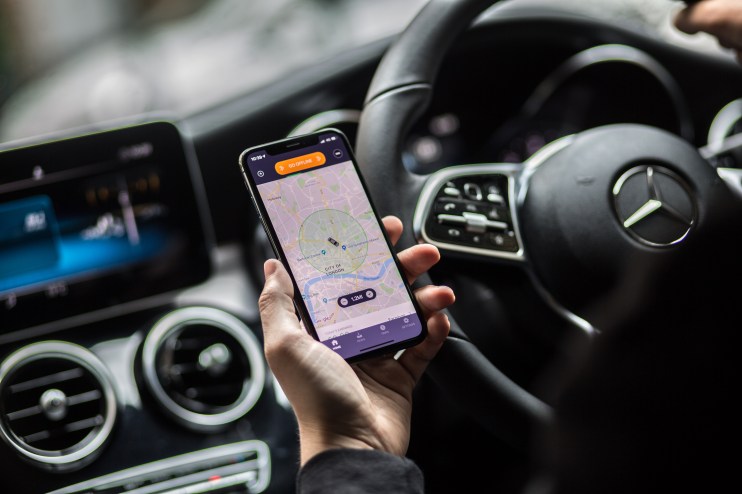Uber challenger Bolt launches XL vehicle category in London

Ride-hailing app Bolt is launching a new XL category of vehicles – with space for up to six passengers – in London today, in a bid to compete with rival Uber in its biggest European market.
Bolt, which launched in London in June, is hoping its expanded offering, coupled with its comparatively low prices, will help tackle Uber’s stranglehold on London at a time when the ride-hailing titan is struggling with regulatory challenges.
Read more: Uber suffers blow as TfL grants it two-month London licence
Transport for London (TfL) granted Uber a two-month licence to operate in the city last month, and is demanding more information from the app before it considers granting a long-term licence.
Bolt, formerly known as Taxify, has had its own share of regulatory troubles in the UK. The app’s first attempt to launch in London in 2017 was abandoned after just three days when TfL suspended its licence.
At 15 per cent, the commission rates Bolt charges its drivers are significantly lower than Uber’s 25 per cent, which it says allows it to offer lower prices to customers while giving its drivers more take-home pay.
“From the outset we have focused on being a cost-effective business, establishing an economical culture and utilising technology to drive down costs,” Sam Raciti, Bolt’s UK country manager, told City A.M..
Nevertheless, taking on behemoth Uber remains a challenge. Over 3.5 million Londoners regularly use Uber, according to the company, while Bolt says 300,000 Londoners have signed up for its service.
The launches of Kapten, Gett, and Kabbee in London have also left its ride-hailing market increasingly crowded.
Bolt, which is based in Estonia, recently announced that all journeys taken on its platform in Europe would be made carbon-neutral by offsetting emissions.
Read more: Uber Works app pairs gig economy workers with employers
Raciti said Bolt’s new XL vehicles were also crucial to the app’s environmental strategy, as “large families and groups can now travel together in a single vehicle, thereby reducing the carbon footprint of each individual passenger.”
Main image credit: Bolt